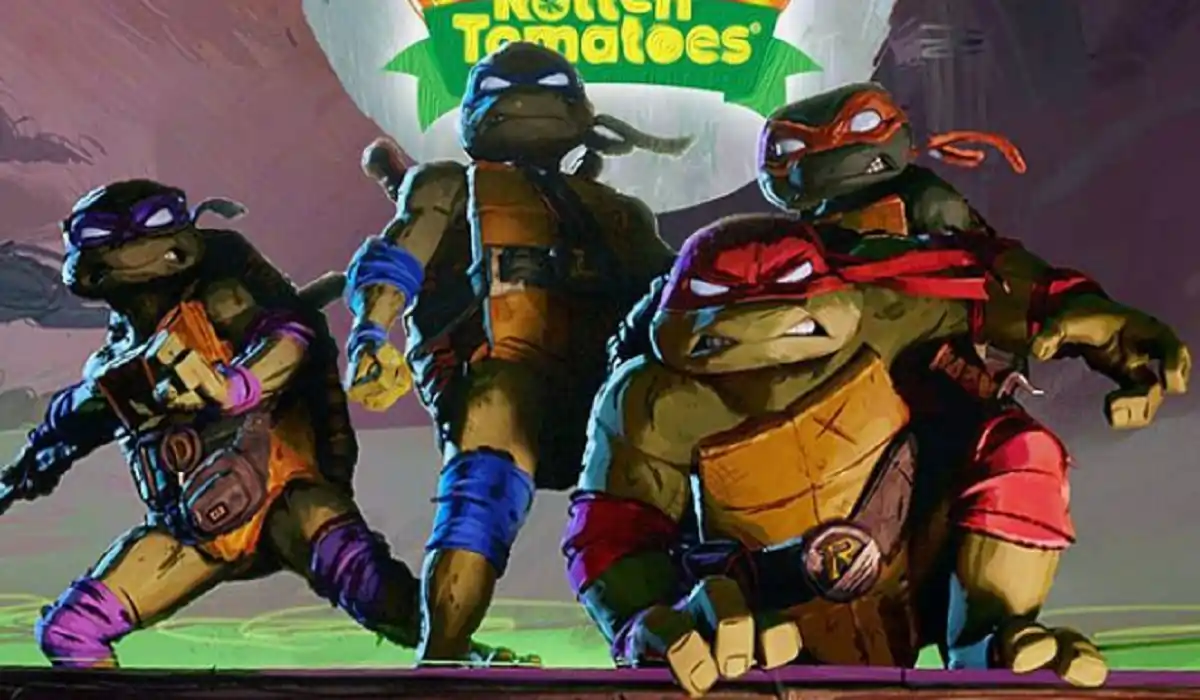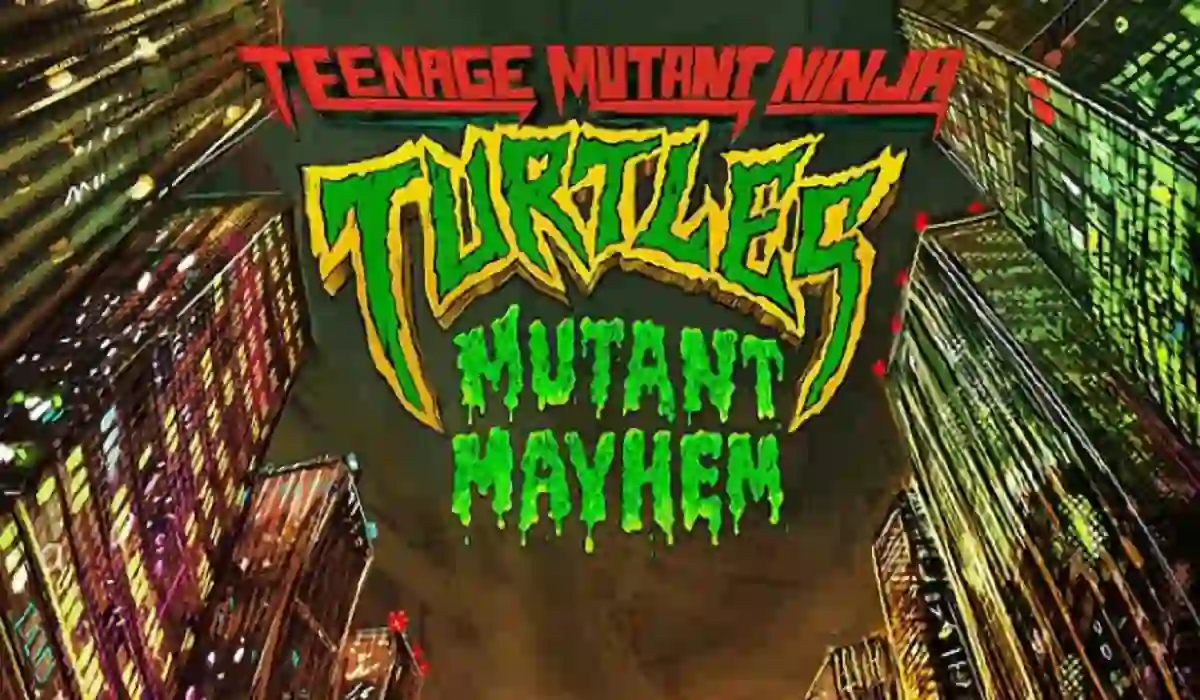Ninja Turtles return to the big screen with a chaotic, teenage tale
The Ninja Turtles return to the big screen with “Teenage Mutant Ninja Turtles: Mutant Mayhem,” a film that explores the chaos of adolescence with nostalgia and a graphic proposal that seeks to expand diversity in animation.
Tired of living hidden in the sewers, Donatello, Michelangelo, Leonardo and Raphael decide to go out into the human world with a mission: to gain people’s recognition. Their problem is that they are mutant turtles.
“We wanted to make a very human movie even though it’s about turtles. It’s hard for someone to relate to a ninja, but it’s easier to relate to being an outcast,” says Jeff Rowe, director of the Nickelodeon Animation Studios film.
This time around, the brothers will have to use their advanced martial arts skills to defeat a powerful enemy and an army of mutants that threatens to end the human race, while dreaming of becoming normal teenagers.
Rowe’s vision, along with actor and producer Seth Rogen, arrives in theaters at a time of crisis for the Hollywood industry due to strikes by the writers’ and actors’ unions since May 2 and July 13, respectively.
The film begins with the origin of the turtles named after the great painters of the Renaissance and raised by a rat, restarting the franchise created by Kevin Eastman and Peter Laird in 1984, which has had multiple film adaptations.

Mutant Mayhem
A TEENAGE APPROACH
Rowe’s version leaves behind the hyper-realistic aesthetic of the last live-action Ninja Turtles installment from 2014 and instead endows 1980s and ’90s references with the “painterly” technique used to give visual properties of paint to animation, with physically imperfect, crooked and funny characters.
“We wanted the film to feel like this clunky, weird toy from our childhood and for the style to support how messy, chaotic and confusing teenage life can be,” says the director.
The idea was to make the film so fresh in spirit that it felt like it had been created by high school kids. This meant that the main inspiration for the director and the rest of the team was the art in their puberty notebooks, where creative freedom reigned without perfectionism.
“In the end we wanted it to look like the Ninja Turtles drew themselves and the world around them. That was the most exciting thing for us,” he delves.
The film also aims to spread a message of “support, empathy and acceptance of what’s different,” by showing the importance of collectivity in solving problems.
In addition, it features personalities such as Jackie Chan in the role of Master Splinter, the Turtles’ adoptive father, John Cena as the mutant rhino Rocksteady, Post Malone as the manta ray Ray Fillet or Ice Cube as the fearsome villain Superfly.
“Everyone was excited for Jackie Chan, he was in Beijing for the whole process and the meetings were on complicated schedules, but he was always so energetic, lively and hilarious, working with him felt like having had three cups of coffee,” Rowe relates.
Finally, the director is grateful that Paramount Pictures and Nickelodeon gave him total freedom to experiment with the film in all creative aspects and hopes that the success of this type of film will open doors for projects whose stories don’t enjoy the popularity of such big franchises as the Ninja Turtles.
“I hope that five years from now animated films will be as diverse as live-action films and that studios will put the same effort and energy into original stories,” he concluded.

